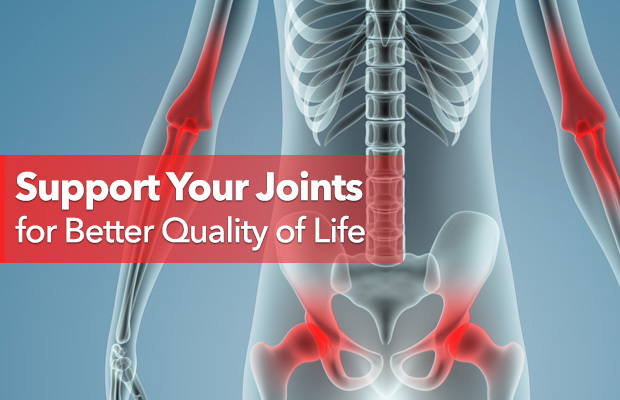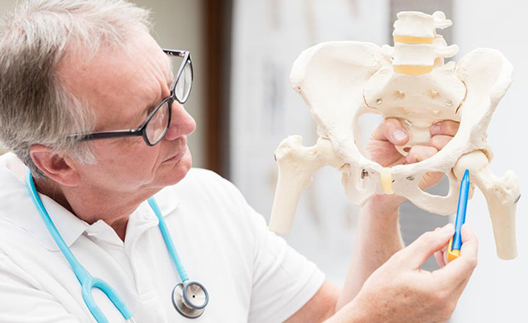“I am about to have a total hip in May. The thought of it is exhausting as I am only 30 years old. A big piece of metal would stay inside my body for many years! How will my body react to it? Perhaps, frightful thought, I may develop cancer around it?….”
Alloys used for manufacture of total hip prostheses contain materials which are potentially carcinogenic (can produce cancer) in animals.
It is also known that levels of some metals (Chromium, Nickel, e.g) are elevated both in the tissues around the total hip joint and in the blood of patients with total hips.
Also bone cement contains materials with potential carcinogenic effect that may enter into the circulation. (more…)
Read More



